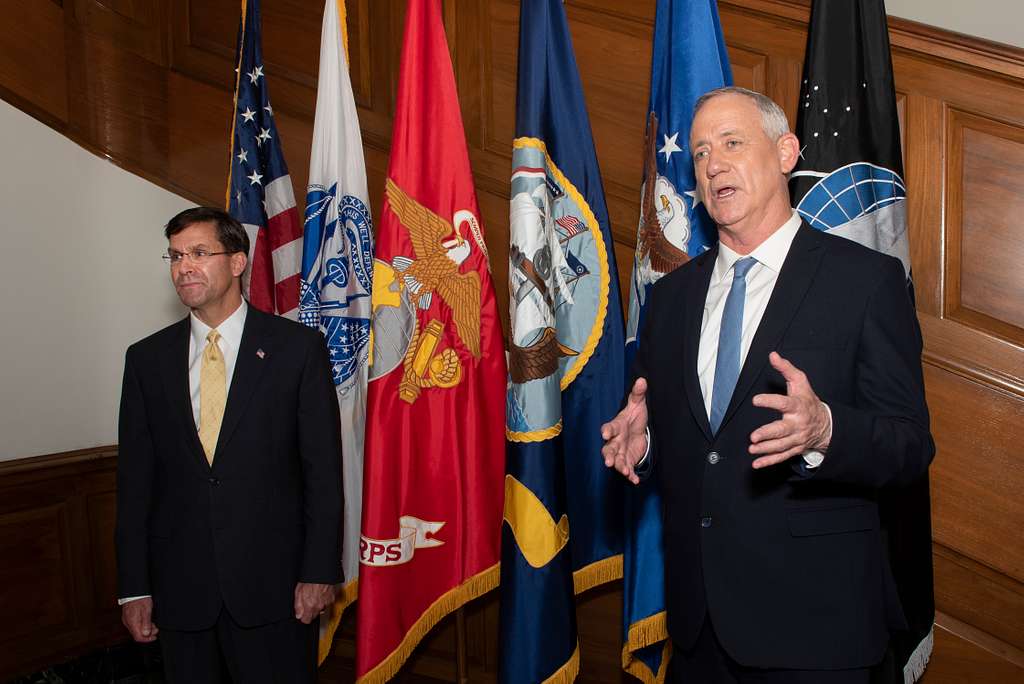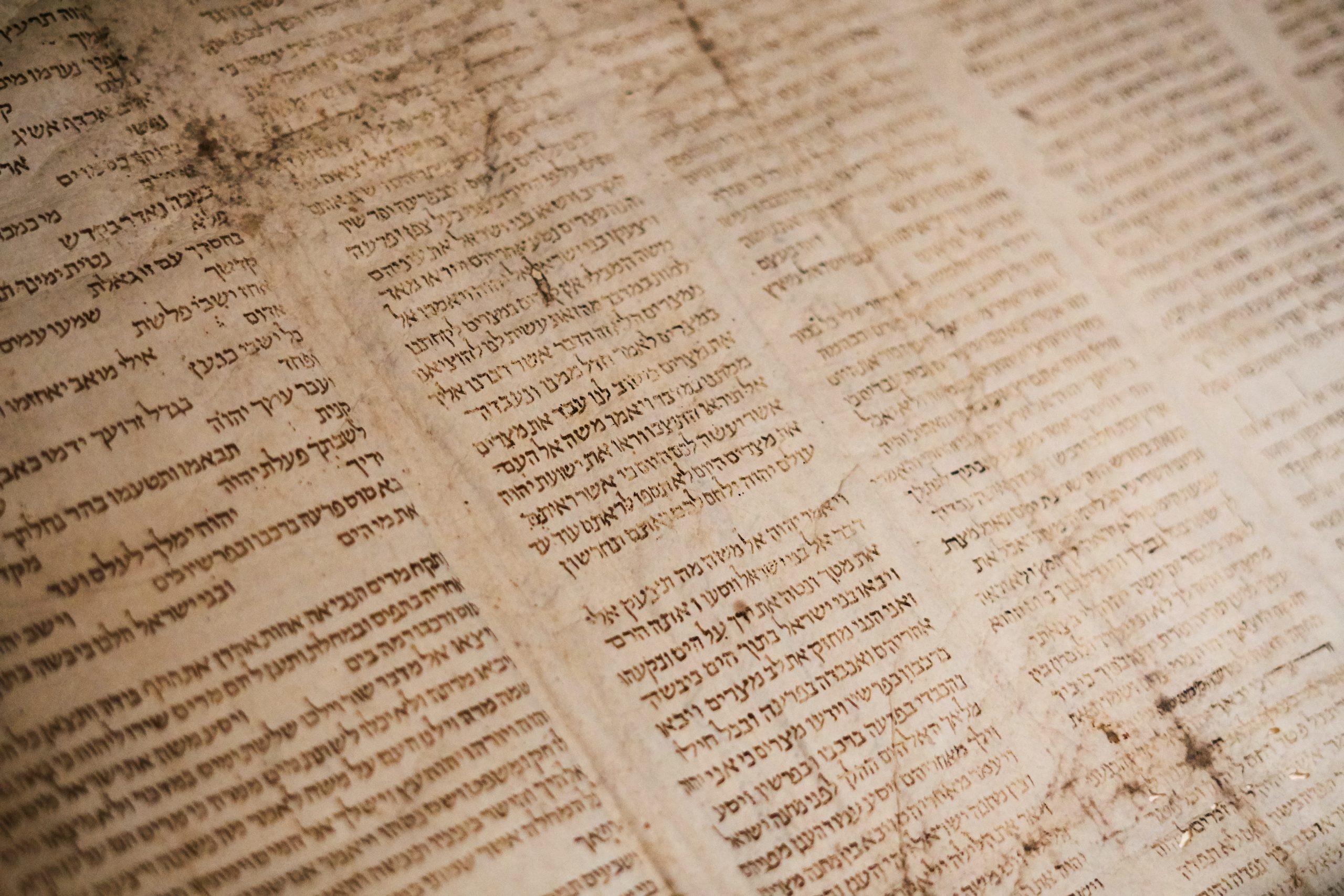Last week, the Democratic National Committee and Kamala Harris’s campaign did something never done before by a Democratic presidential campaign: They released a 30-second TV ad attacking a third-party candidate, specifically the Green Party nominee. The Democratic salvo also includes billboards in swing state cities.
“Why are [Donald] Trump’s allies helping her?” the TV ad narrator asks about the Green Party nominee. Because she “was key to Trump’s 2016 wins in battleground states,” comes the reply. Meanwhile, an image of the Green Party candidate’s face and gray bob morphs into that of Trump. The ad ends with Trump telling his rallygoers, “I like her very much. You know why? She takes 100 percent from them.”
The ad mentions the Green Party nominee by name. I’m not—because she should be ignored, not paid attention with an ad buy or a Washington Monthly bounce in Google algorithms.
Scarred Democrats have justification for a frontal attack on the Green nominee, who is on the ballot in six battleground states (but not Nevada) plus another 32 states for a total of 38, unlike Cornel West, who is only on 16 total state ballots (although a court has ruled his votes won’t be counted in Georgia). Ralph Nader, the legendary consumer activist and Green Party presidential nominee in 2000, played a spoiler role in tipping Florida to the Republican candidate George W. Bush. (See my exhaustive analysis of the Florida numbers published in Real Clear Politics eight years ago.)
And Democrats have evidence that confronting third-party candidates works after throttling the independent presidential bid of Robert F. Kennedy, Jr. Once a progressive icon with a storied name, Kennedy last year abandoned a Democratic primary campaign, hoping to take a bunch of Democratic voters with him, and initial polling suggested some were willing to follow. Then, Democratic Party officials pummeled him so thoroughly that not only did the support Kennedy had among Democrats evaporate, but with his newfound conservative support, he risked becoming a drag on Trump’s candidacy. Unwilling to help elect Harris, Kennedy quit the presidential race and endorsed Trump.
But Kennedy, coasting on his famous name, began his independent bid with unusually high poll numbers and outsized media attention, warranting a muscular effort to drive him out of the race.
In her third presidential run, the Green Party nominee has received scant media attention and barely registers in the polls. In the Real Clear Politics averages nationally and across battleground states, she averages 1 point—give or take a few tenths of a point. And that’s likely overstating her support since third-party candidates tend to do better in pre-election polls than in actual election results.
In 2020, Howie Hawkins, the Green Party presidential nominee, scored 0.8 percentage points in the final Real Clear Politics national average before ending up with 0.2. Similarly, the Libertarian Jo Jorgensen had a poll average of 1.8 but earned only 1.2 percent of the vote. In 2016, when the current Green nominee took her second shot at the presidency, she registered 1.9 in Real Clear Politics, then won 1.1 percent of the vote, while Libertarian Gary Johnson, a relatively strong third-party candidate with unusual political bona fides as a former Republican Governor of New Mexico, went from 4.7 to 3.3. If the Green candidate is at one percent today, she will likely land around one-half of a percent.
I hear you screaming, But! But! But! The battleground states are dead even! Democrats can’t afford a single vote going to a third-party candidate!
Sure, but when a third-party candidate is polling between zero and one, you can’t assume many of those voters are even available to either major party candidate. At that point, you’re mostly down to people who will never vote for Republicans and Democrats.
But what about 2016, when that Green person you refuse to name tipped three swing states to Trump?!
Despite what the new Democratic Party ad asserts, the evidence does not support the claim that the Greens played a spoiler role in 2016.
Two political science professors, Christopher Devine of the University of Dayton and Kyle Kopko of Elizabethtown College, dug into the 2016 election numbers and concluded that if neither Green nor Libertarian candidate were on the ballot, about 56 percent of Green voters (and 60 percent of Libertarians) would not vote or find some other minor party candidate. Another 8 percent of Greens would have sided with Trump. That would have left 36 percent of the Green vote—again, only 1.1 percent of the overall vote—for Hillary Clinton. According to Devine and Kopko, such a redistribution of the Green Party vote would not have moved any swing state into the Democratic column, except Michigan, and only if the Libertarian had remained on the ballot.
The case is much stronger that Nader did play a spoiler role in 2000, in part because the margin in Florida 24 years ago (officially, a mere 537 votes) was so much smaller than the swing state margins in 2016 (10,704 in Michigan, 22,748 in Wisconsin, and 44,292 in Pennsylvania).
Of course, infinitesimal margins could always happen again—especially when polls are so tight—and that can justify any attempt to warn off disaffected Democrats from outright defecting.
But the current Green candidate has been suffocating from a lack of media oxygen—unlike Nader, who was a household name—until the Democrats ran an ad about her! A Democratic National Committee press release boasts that CNN, MSNBC, NBC News, Fox News, PBS, The New York Times, Washington Post, and several swing state media outlets covered the ad targeting the three-time third-party nominee. That is probably the most media attention the Greens have received all year, and they ought to be thrilled about it.
A candidate can’t be a spoiler if voters don’t know the candidate exists. Democrats would have been better off giving the Greens the silent treatment, which is why I am, too.















